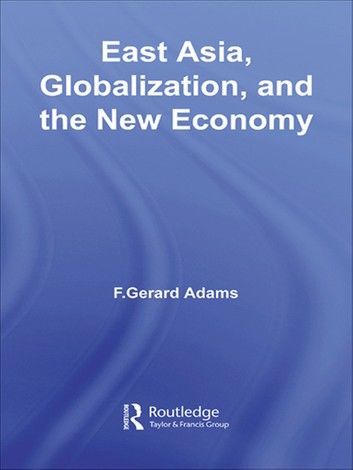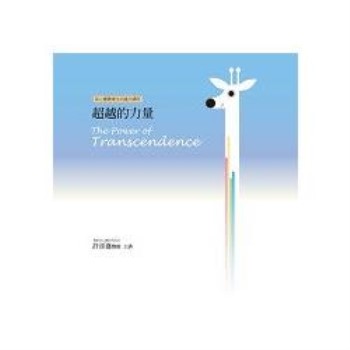| FindBook |
|
有 40 項符合
f. east的圖書,這是第 4 頁 |
 |
$ 1368 | Airlift to America: How Barack Obama, Sr., John F. Kennedy, Tom Mboya, and 800 East African Students Changed Their World and Our
作者:Shachtman 出版社:St. Martin’s Press 出版日期:2009-09-15 語言:英文 規格:精裝 / 273頁 / 21.8 x 14.7 x 2.8 cm / 普通級  看圖書介紹 看圖書介紹
|
 |
$ 2345 電子書 | East Asia, Globalization and the New Economy
作者:F. Gerard Adams 出版社:Taylor & Francis 出版日期:2006-10-03 語言:英文  看圖書介紹 看圖書介紹
|
 |
$ 1048 | Psychology and the East
作者:Jung、C. G./Hull、R. F. C.(TRN 出版社:Princeton University Press 出版日期:1978-06-21 語言:英文 規格:平裝 / 232頁 / 21.6 x 14 x 1.5 cm / 普通級  看圖書介紹 看圖書介紹
|
 |
$ 1272 ~ 3060 | The Political Economy of Automotive Industrialization in East Asia
作者:Richard F. Doner,Gregory W. Noble,John Ravenhill  共 2 筆 → 查價格、看圖書介紹 共 2 筆 → 查價格、看圖書介紹
|
|
|
|











